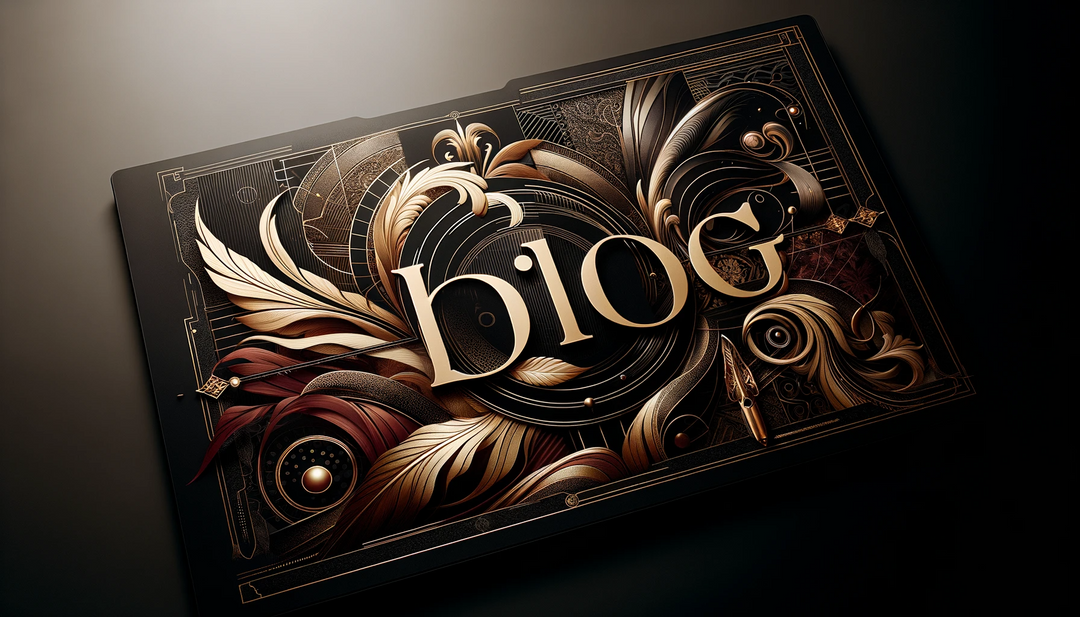Explore the magic of musical instruments with these melodic instruments
Introduction:
Music has been an integral part of human civilization for thousands of years. Across cultures and generations, music has served as a means of expression, storytelling, and celebration. At the heart of creating beautiful melodies and harmonies are musical instruments. These remarkable tools allow musicians to bring their artistic visions to life and captivate audiences with their performances. In this comprehensive guide, we will delve into the enchanting world of musical instruments, exploring their types, history, playing techniques, and tips for beginners. So, join us on this melodic journey as we uncover the magic and joy of musical instruments.
The Importance of Musical Instruments

Musical instruments play a pivotal role in the creation and performance of music. They are the vehicles through which musicians channel their emotions and ideas, transforming them into tangible sounds that resonate with listeners. Each instrument possesses unique qualities, timbres, and capabilities, contributing to musical compositions' overall texture and depth. Whether it's the soaring melodies of a violin, the rhythmic pulse of a drum set, or the harmonious chords of a piano, musical instruments serve as the building blocks of musical expression.
The Evolution of Musical Instruments
Musical instruments have a fascinating history that spans thousands of years. They have evolved alongside human culture, reflecting the changing beliefs, lifestyles, and technological advancements of civilizations. The earliest known musical instruments date back to prehistoric times, with archaeological discoveries uncovering primitive flutes made from bone and percussion instruments crafted from animal hides. Over time, instruments became more sophisticated, with the invention of complex mechanisms, new materials, and innovative designs. Today, we have an extraordinary range of musical instruments, each with its own unique characteristics and playing techniques.
The Types of Musical Instruments
Musical instruments can be broadly categorized into four main groups: string instruments, wind instruments, percussion instruments, and keyboard instruments. Let's explore each of these groups in detail:
String Instruments: The Melody Makers
String instruments produce sound by vibrating strings stretched across a resonating body. They are known for their expressive capabilities and versatility across various musical genres. Here are some popular string instruments:
Guitar:
The guitar is a versatile instrument with a wide range of styles, including acoustic, electric, and bass guitars. It is played by plucking or strumming the strings using the fingers or a pick.
Violin:
The violin is a staple in classical music and is renowned for its expressive and emotive sound. It is played with a bow, producing melodic lines and rich harmonies.
Cello:
The cello is a larger string instrument that produces deep, resonant tones. It is played while seated, using a bow or plucking the strings.
Harp:
The harp is an ancient instrument with a majestic and ethereal sound. It is played by plucking the strings with the fingers.
Banjo:
The banjo is a unique instrument associated with folk, bluegrass, and country music. It features a resonating head and is played by plucking or strumming the strings.
Each string instrument has its own playing techniques, such as fingerpicking, bowing, or strumming, that allow musicians to create a variety of sounds and styles.
Wind Instruments: Breath of Melody
Wind instruments produce sound through the vibration of air. Musicians blow air into or across the instrument, causing the air column inside to vibrate and create sound. Here are some popular wind instruments:
Flute:
The flute is a delicate instrument known for its pure and airy tone. It is played by blowing air across the mouthpiece and manipulating the keys or holes to produce different notes.
Saxophone:
The saxophone is a versatile instrument with a wide range of tonal possibilities. It is played by blowing air through a reed attached to the mouthpiece and pressing various keys to produce different pitches.
Trumpet:
The trumpet is a brass instrument known for its bright and powerful sound. It is played by buzzing the lips into a cup-shaped mouthpiece and manipulating the valves to change the pitch.
Clarinet:
The clarinet is a versatile woodwind instrument with a rich and expressive sound. It is played by blowing air through a reed attached to the mouthpiece and using keys to produce different pitches.
Wind instruments require precise control of breath, embouchure, and finger placement to produce the desired notes and tones.
Percussion Instruments: Rhythm Providers
Percussion instruments create sound by being struck, shaken, or scraped. They are essential for establishing rhythm and adding texture to music. Here are some popular percussion instruments:
Drums:
Drums are among the oldest musical instruments and provide the rhythmic foundation of a piece. They come in various sizes and types, including bass drums, snare drums, and tom-toms, and are played with sticks, mallets, or hands.
Cymbals:
Cymbals produce metallic sounds and add accents to music. They are made of metal alloys and are clashed together or struck with drumsticks.
Xylophone:
The xylophone is a melodic percussion instrument with wooden bars of different lengths. It is played by striking the bars with mallets to produce distinct pitches.
Tambourine:
The tambourine is a handheld percussion instrument with metal jingles. It is played by shaking, tapping, or striking the instrument to create a jingling sound.
Percussion instruments provide the rhythmic backbone of music and contribute to its energy and groove.
Keyboard Instruments: Harmonic Foundations
Keyboard instruments produce sound by pressing keys that activate hammers or pluck strings. They are versatile and capable of playing both melody and harmony. Here are some popular keyboard instruments:
Piano:
The piano is a grand and majestic instrument with a wide range of dynamics. It is played by pressing the keys, which cause hammers to strike the strings and produce sound.
Organ:
The organ is a complex instrument with multiple keyboards and various pipes. It is played by pressing keys and using foot pedals to control the airflow through the pipes.
Synthesizer:
The synthesizer is an electronic keyboard instrument that can produce a wide range of sounds and tones. It uses electronic circuits to generate and manipulate sound waves.
Keyboard instruments provide the harmonic foundation of music, allowing musicians to create complex chords, melodies, and harmonies.
Conclusion
Musical instruments are the soul of music, enabling musicians to express their emotions, tell stories, and create beautiful melodies. They have evolved over centuries, reflecting the diverse cultures and technological advancements of humanity. From string instruments and wind instruments to percussion instruments and keyboard instruments, each category offers a vast array of choices and playing techniques. Whether you're a beginner or an experienced musician, learning to play a musical instrument can be a fulfilling and rewarding journey. So, pick up an instrument, let the music guide you, and embark on your melodic adventure.





